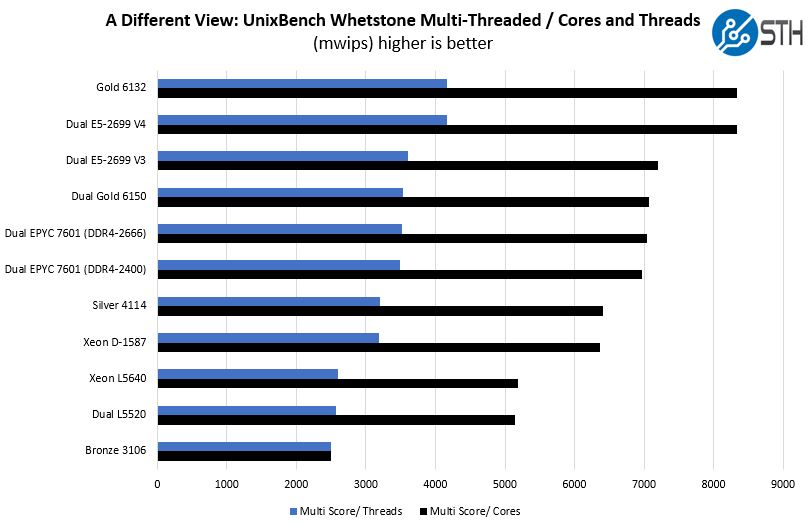jaymc :
AMD Epyc server/Ryzen CPUs would be extremely profitable for Rendering/VFX/3D Modeling/Industrial Design:
"They have failed to make a connection to a specific, rapidly growing industries that could potentially bring AMD to knew heights, and that is CGI, game design, VFX, architectural rendering, server rendering, and industrial design.
I am part of this industry (3D Modeler/Rendering Artist), and I have specifically invested my money into AMD after being blown away by the specs/price of the new CPU/GPU/Servers."
https://www.reddit.com/r/AMD_Stock/comments/6q91no/amd_epyc_serverryzen_cpus_would_be_extremely/
"Something else to think about as well is how AMD offers both GPU and CPU, and rendering with Vray now offers a Hybrid method that utilizes both. (Which is an amazing innovation). If EPYC comes equipped with better GPU than most Intel servers, then you would be better off getting that even if Intel fully dropped their prices to match AMD (Which would be a really good move by them).
The reason they are still more expensive despite have the same specs is because they know that can still get away with their brand name.
If AMD stock bombs, and Intel wins, just know that you can learn rendering and build a workstation with AMD that will be more powerful for less money, and you can charge the ever growing companies that need rendered content between 300-1500 dollars an image. Its a good investment to buy their products now."
I did read the whole thread and I have not still decided if he is a very-confused artist or if this is some kind of very elaborated hoax. Something that get me confused is that he posted in the AMD_Stock subreddit.
He claims to work with V-Ray, and he uses buckets (~ threads) to estimate performance. He then initially claimed that his FX 8-core at home gives him 8 buckets, that his 16 core Xeon at work gives him 36 (sic) buckets, and that 16 core Threadripper would give 512 buckets. He then goes further and claims that 32-core EPYC CPU would be even more powerful and reduce rendering times from hours to seconds. He then continues with his anti-Intel and pro-AMD rant and about how the industry of rendering will be revolutionized by EPYC. Well...
NO.
As others mentioned in the reddit thread, his computations are incorrect. The top Threadripper chip would provide only 32 buckets (32 threads); i.e. the same number than the old Xeon that he has at work, and the top EPYC chip would give 64 buckets. His claims about reducing rendering times from hours to seconds are also incorrect, and far from reality by many orders of magnitude, even if we ignore that performance is not a linear function of the number of threads that a CPU can process, because factors such as frequency and IPC affect total performance of a CPU. There is a part of the thread where he even claims that GHz matter little:
Dynamic splitting might be dividing it up, but if its processing a smaller area, then ghz doesnt matter as much as threading and core count.
And you can find people in the thread explaining him that GHz and IPC are so important as number of cores and threads. People also explains him that rendering (a throughput-like workload) is a special case for Zen chips:
The rendering is the best case-scenario for AMD Ryzen multi-die architecture connected through Infinity Fabric (low latency interconnect between CCX modules and dies).
This "artist" also compares the last AMD CPUs to former Xeons and then uses that information to claim "This is absolute PROOF" that AMD gives the same performance by about one tenth of the price of an Intel system. Again
NO.
Since he uses V-ray, let us check V-Ray benchmark and costs of the CPUs
■00:20.517 AMD EPYC 7601 (64 buckets) $4200
■00:20.640 Intel Xeon E5-4669 v3 (36 buckets) $5400
■00:24.104 Intel Xeon E5-2696 v4 (44 buckets) $1750
The Broadwell Xeon takes 17% more time on rendering than EPYC, but does at a fraction of the cost of the EPYC chip. Where is the revolution?






